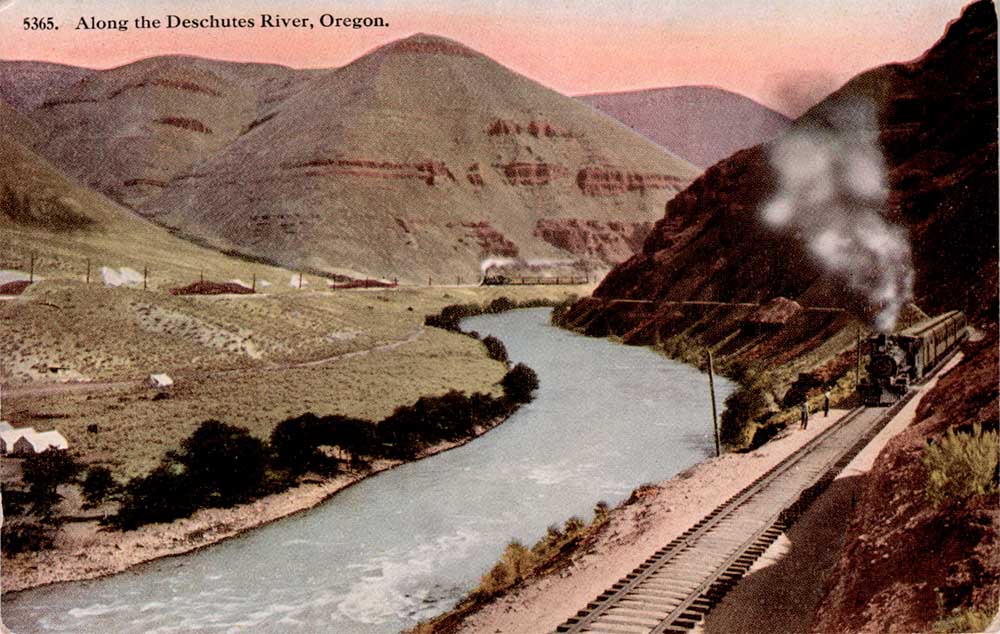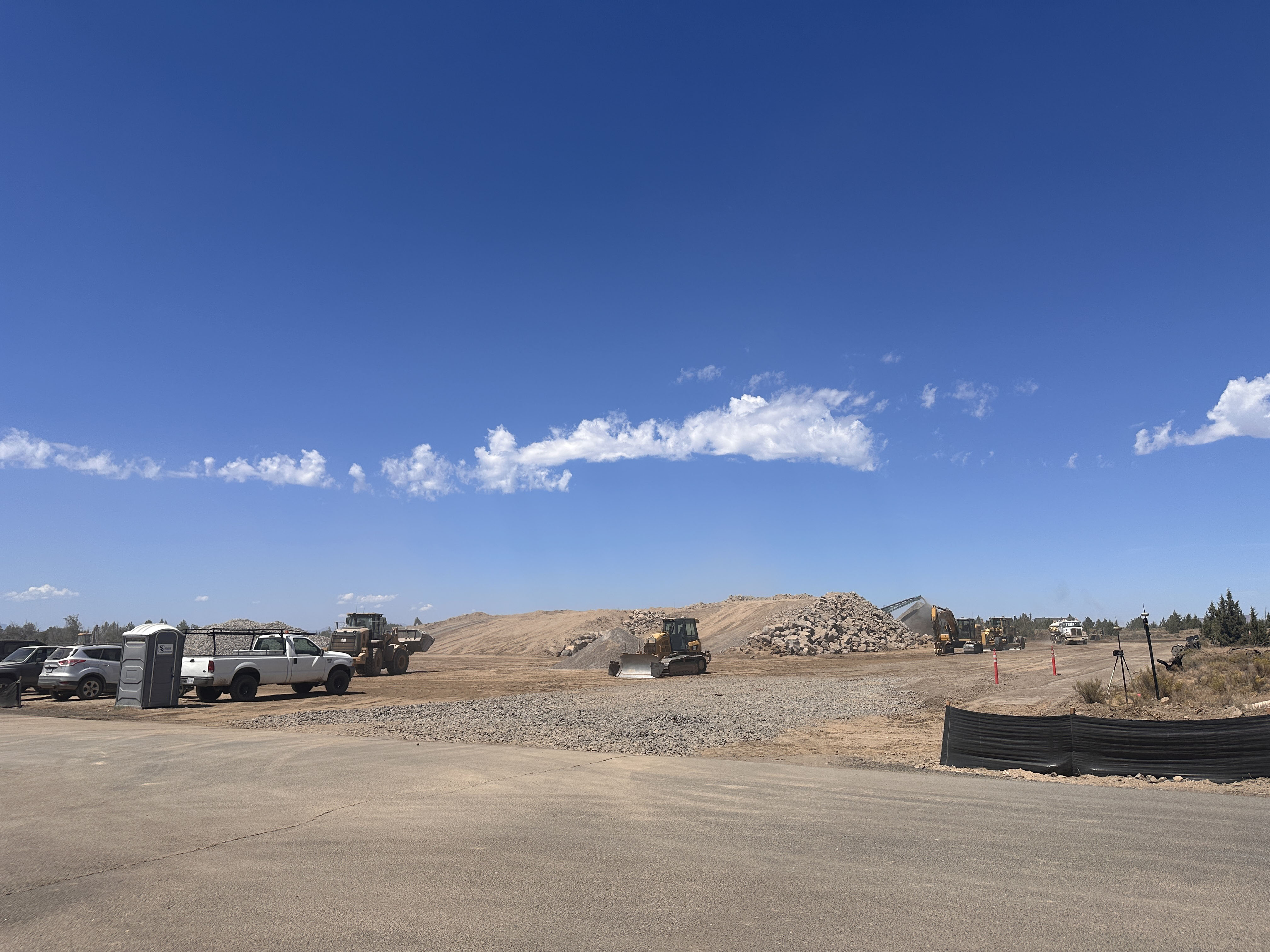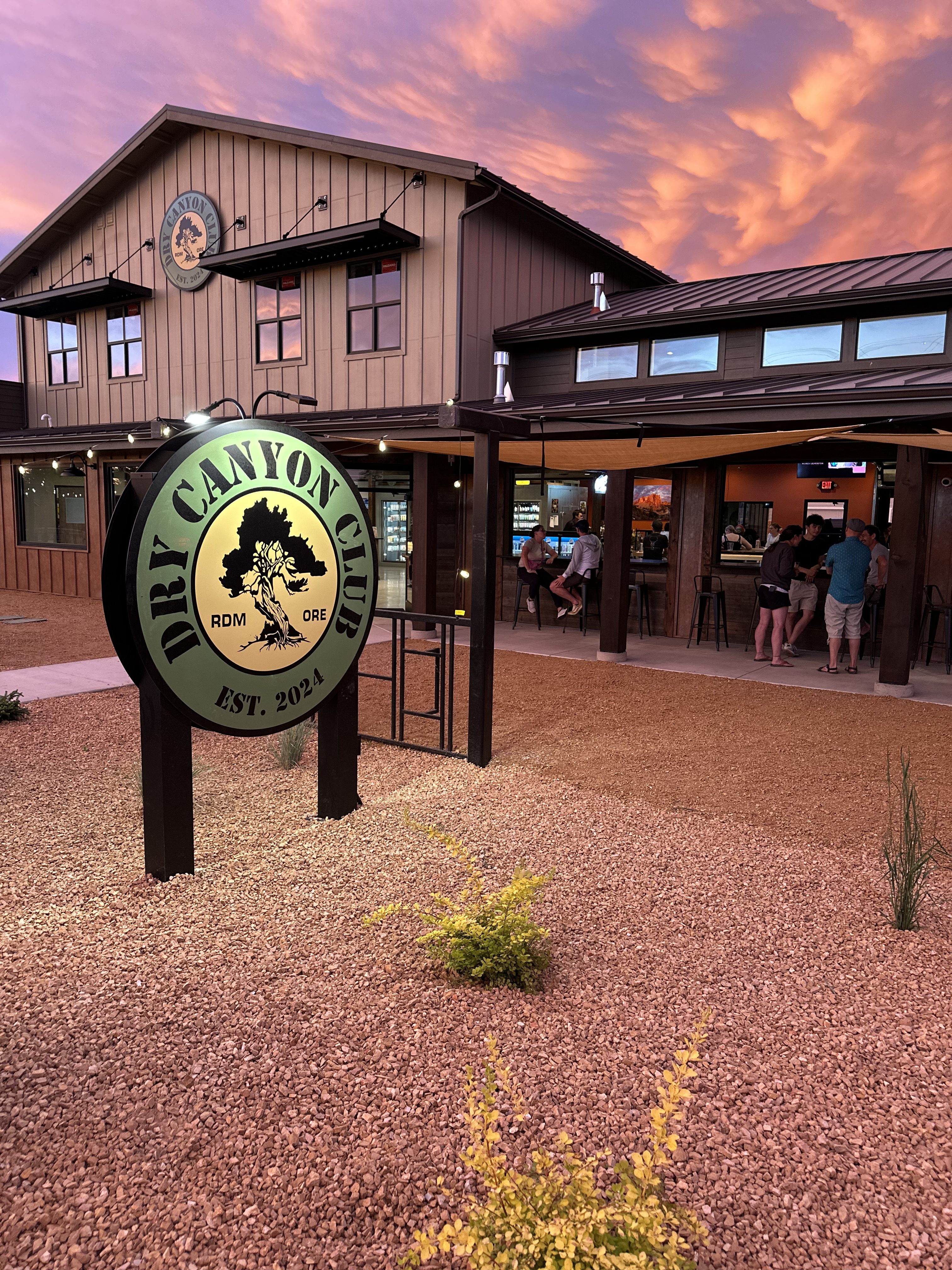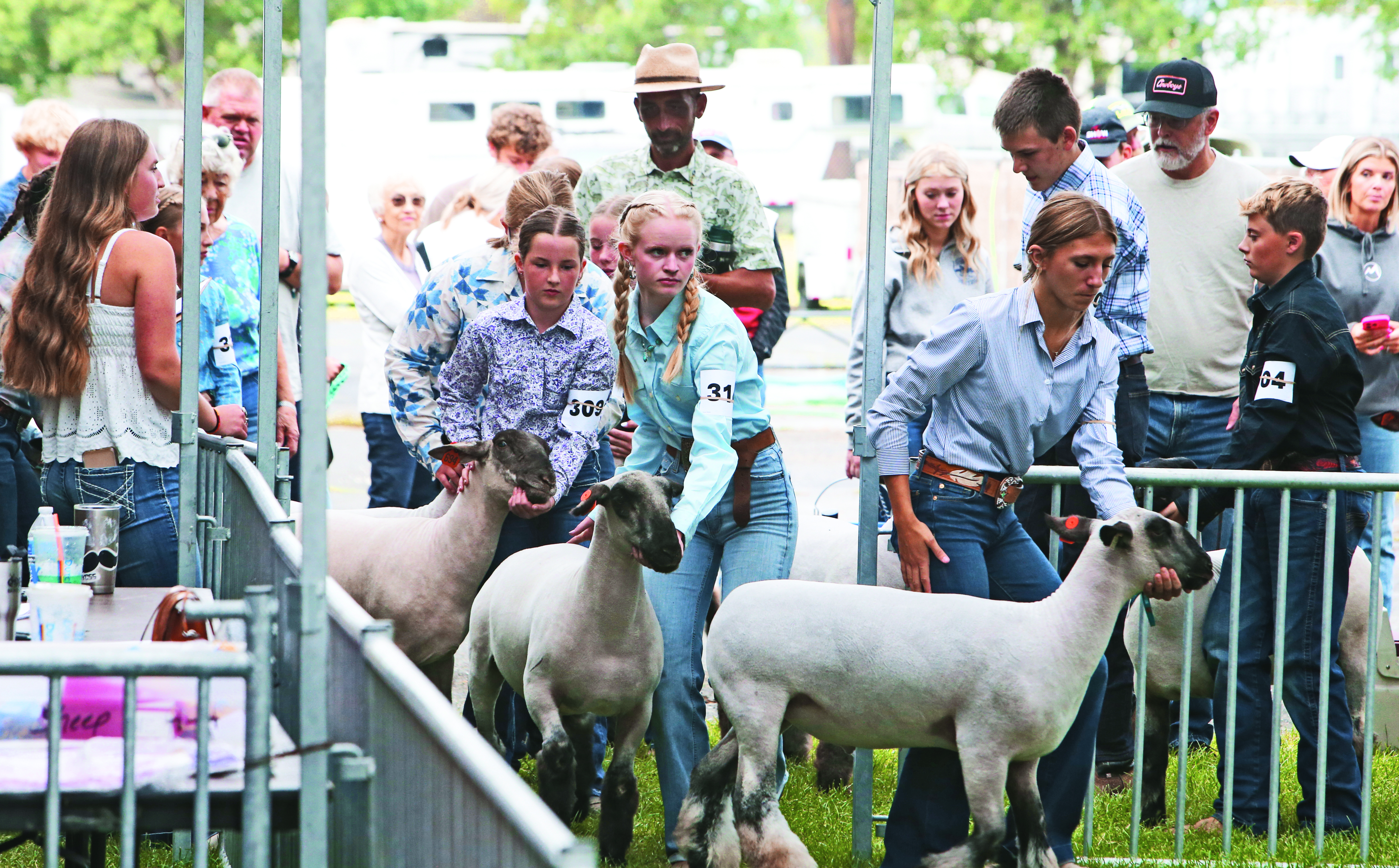Offbeat Oregon Part 3: Railroad rivals resort to violence
Published 2:00 am Tuesday, December 5, 2023

- The Oregon Trunk railroad tracks near the mouth of the Deschutes River, with the Des Chutes Railroad tracks visible and still in use on the other side, circa 1911.
E.H. Harriman of the Union Pacific and James J. Hill had been business rivals for decades, but in their later years the rivalry devolved into a bitter personal feud. It mostly stemmed from an incident in 1901 when Harriman basically tried to pull off a hostile takeover of Hill’s railroad while Hill’s biggest financial backer was away on vacation. He nearly succeeded, partially crashing the stock market in the process. After that, the two men cordially hated each other.
Trending
Harriman had formed his company, the Des Chutes Railroad, three years before, and announced grand plans to start construction any day. But then nothing had happened until Hill started building his line.
When that happened, Harriman sent his usual contractors, the Twohy Brothers, to start the job. Hill, who had incorporated his line as the Oregon Trunk, contracted with the Porter Brothers. The rival gangs of men, working sometimes within sight of each other, did everything they could to slow one another down.
There were incidents of men taking shots at the “enemy camp,” not trying to hit anyone but just make them nervous. If a blasting project could be arranged to throw rocks across the river at the other side’s camp and gear, it would be. (There was a lot of blasting done on both lines, and some of it was truly spectacular. The crews would dig “coyote holes” in the rock, big enough for a man to crawl inside, and fill them all the way to the top with blasting powder.) Both crews also snuck around at night trying to stampede one another’s herds of cattle and blow up their reserves of blasting powder — anything to slow the competition down.
Trending
A memorable event happened when the Porter Brothers learned that a “blind pig” (illegal saloon) had gone into business with a huge barrel of alcohol close by their workers’ camp. Consequently everyone was blind drunk all the time and no work was getting done.
Johnson Porter told the subcontractor to get all his men away from the blind pig for the next few hours. Then, calling for Jim Morrell, the “bubble skinner,” he asked if the bubble was ready. It was.
Morrell drove Porter out to a rocky outcropping just behind the blind pig, which was located in a tent near the canyon wall. Porter got three sticks of dynamite which he had tied together, lit the fuse, and threw it into the tent with the blind pig in it. Then he hurried back to the car and they drove away. Behind them, a nice satisfying explosion shook the canyon walls.
The railroad war burned hot and fierce for most of that year, but then something happened to change things:
Harriman died. He succumbed to stomach cancer at the age of 61 in 1909.
After that, the two crews mostly stopped feuding. They even helped each other out from time to time, and agreed to share some bits of right-of-way. With the drama out of the picture, the two crews were able to focus on their work, and passenger service to Bend on the new railroad lines started in November 1911.
“Bubble Skinner,” an article by James F. Morrell and Giles French published in the December 1968 issue of Oregon Historical Quarterly
“The Deschutes River Railroad War,” a book by Leon Speroff published in 2007 by Arnica Publishing
“The Deschutes Railroad War,” an article by Tor Hanson published at bendmagazine.com
“Railroads into Central Oregon,” an article by Ward Tonsfeldt and Paul G. Claeyssens published in 2004 by the Oregon Historical Society’s Oregon History Project








